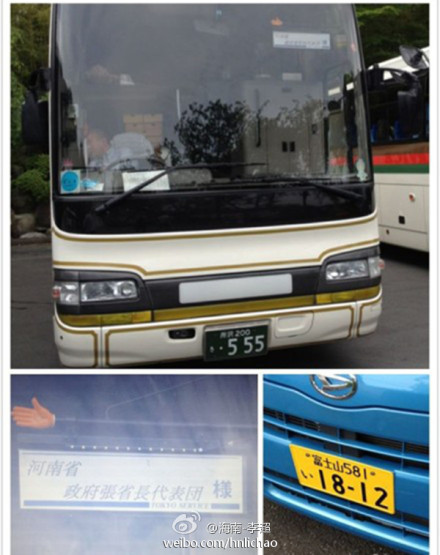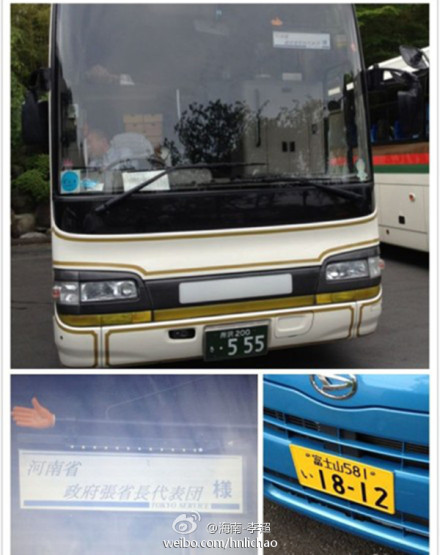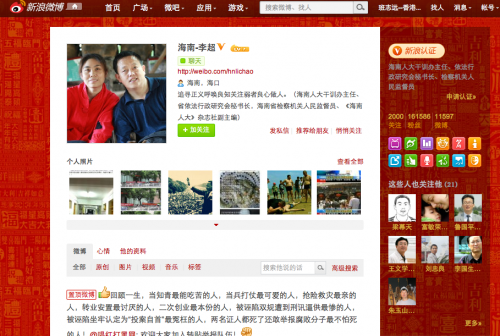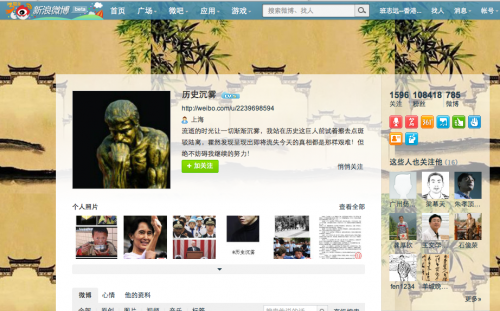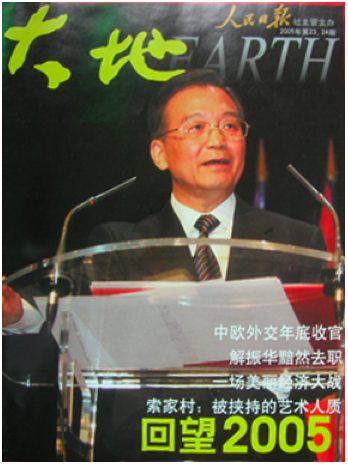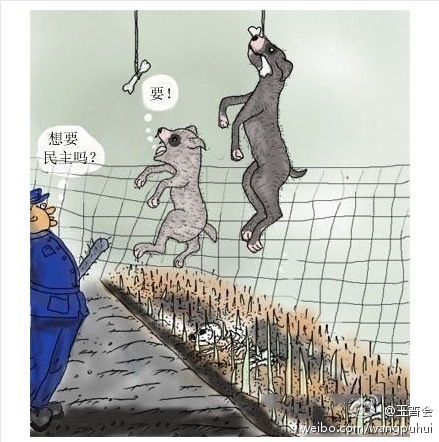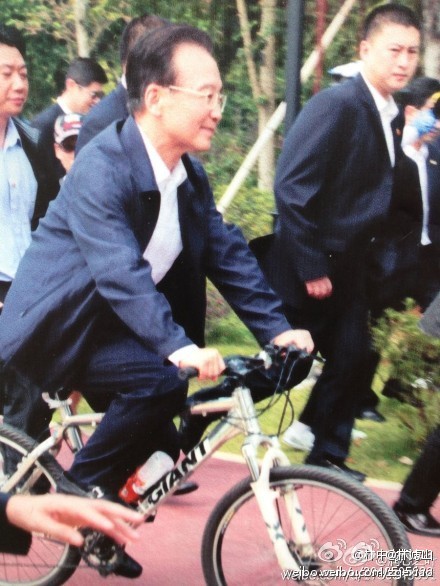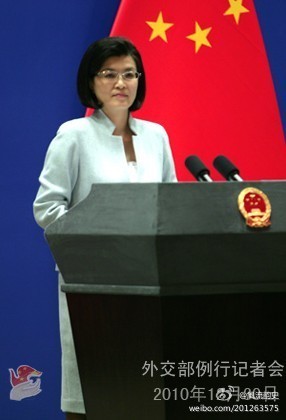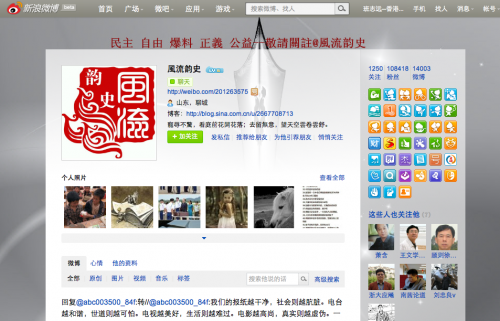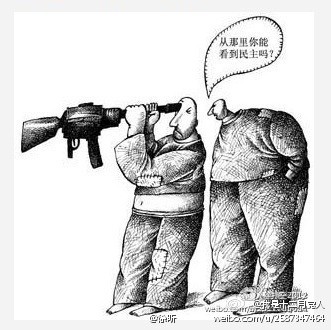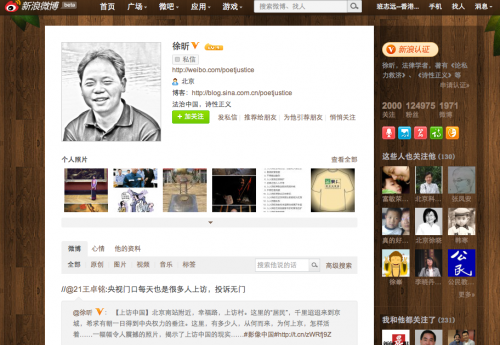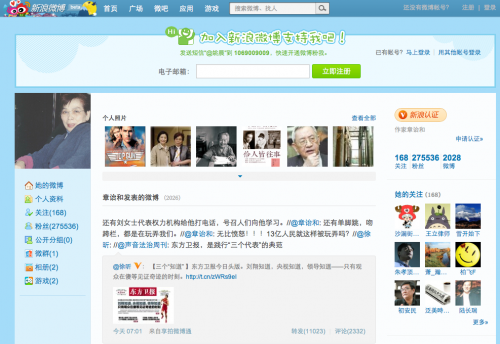News of the suicide last week of Xu Huaiqian (徐怀谦), the chief editor of the Earth (大地) supplement of the Party’s official People’s Daily, has prompted a burst of discussion on Chinese social media of the extraordinary pressures facing journalists in China today.
According to Chinese news reports and accounts shared on Sina Weibo and Tencent Weibo, Xu, 45, died on August 22 after jumping from a building. Remembered by colleagues from media across the country as a professional and principled journalist, Xu is said to have suffered serious mental health problems in recent months.
[ABOVE: Xu Huaiqian, who reportedly committed suicide on August 22, is remembered by his colleagues as an intelligent, compassionate and dedicated journalist.]
On August 22, Xu Xunlei (徐迅雷), a well-known journalist and commentator, wrote on Sina Weibo that he had just learned of Xu Huaqian’s death through a mobile message from Chinese writer Zhu Tiezhi (朱铁志):
My good friend, the well-known essay writer and chief editor of the People’s Daily‘s ‘Earth’ supplement, Mr. Xu Huaqian, passed away at 2 p.m. this afternoon (August 22) from extreme depression! We had made toasts together in Hangzhou. And in Changchun one time, we had talked together about essay writing. Most of the essays I wrote for ‘Earth’ passed through his hands. This is extremely painful news!
“Mr. Xu Huaiqian was a man full of compassion,” wrote Song Jiahong (宋家宏), a professor in the College of Humanities at Yunnan University. “He once made a trip to Zhaotong [a prefectural-level city] in Yunnan, and as he visited writers there he showed deep sympathy for the plight of the poor there.”
Journalists and others quickly drew the issue of speech freedoms and propaganda controls into their tributes to Xu Huaiqian. In a post early the next day, freelance writer Xu Shaolin wrote:
Xu Huaiqian, the chief editor of the People’s Daily‘s “Earth” supplement committed suicide yesterday afternoon. It is said that this 1989 graduate of the Chinese Studies department at Peking University suffered from depression. He once said during his lifetime that what pained him was that what he dared to think he dared not say, what he dared to say he dared not write, and what he dared to write he dared not publish.”
[ABOVE: A back issue of Earth, the People’s Daily supplement of which Xu Huaiqian was editor.]
The same morning, another post by media scholar Wang Zhiyong (王志勇) — who goes by the online alias “Old Media Wang” (传媒老王) — reporting Xu’s death received more than 250 comments on Sina Weibo. Here is a selection of comments dealing with issue of free speech:
“Media personnel are under a lot of pressure. They must actively search for balance.”
“Release freedom of expression!”
“It was because he knew too much.”
He couldn’t take all the lies that for so long went against his convictions!”
“Inside the People’s Daily he was unable to face this kind of place, this kind of society! He wasn’t weak, he had completely lost hope.”
“When you always have to speak falsehoods, the pressure is immense!”
Xu Huaiqian’s friends and colleagues have posted a number of tributes to his life and work. One of the most widely shared is the following, written by Lu Xiansheng (鲁先圣), who worked with Xu as a regular contributor to Earth. This is a partial translation.
“Xu Huaiqian, A Noble Soul Departs!”
By Lu Xiansheng (鲁先圣)
How can I believe such grievous news as the suicide death of Xu Huaiqian, the chief editor of the “Earth” supplement of the People’s Daily? Xu Huaiqian, a writer of great talent, a man so full of ideas, a journalist whose writings were so full of thoughts and so full of conscience. He was just 44, at the very height of his creative powers!
When I first saw this news [of his passing] on the internet, I couldn’t believe my eyes. I checked it over and over again, and finally phoned a friend who works at the People’s Daily to confirm it. Finally, I knew it was true. He was gone. His friends said he had long grown to despise this world, that he had come to despise this system, that he despised the things and the people all around him.
I never met him, but we were friends in spirit for many years. In 2002, he did some reporting in Shandong’s Heze [prefecture], and he called saying he was the chief editor of Earth and that he hope I could write some essays that they needed. He spoke with sincerity and modesty. It was from that time that he began to run my essays in the People’s Daily‘s Earth supplement, more than 20 pieces in all.
. . . [Author relates the story of a number of pieces he wrote for Xu and Earth] . . .
Xu Huaiqian once said: “What pains me most is that what I dare to think I dare not say, what I dare to say I dare not write, and what I dare to write I dare not publish.” He once wrote in a piece called “Bearing Witness With Death”: “Death is a word of great gravity. But in many cases in China, things do not draw attention without [punctuation by] death, without death the proper resolution to a given situation cannot be prompted.”
He once said too: “Some say this is an age of the commonplace, an age of materialism, an age of foolish amusement, an age without great masters. But we cannot push the blame onto the shoulders of the age. A single person cannot control an age, but they can control their own face. They may not be pretty, but must not be utterly without substance. They can be ugly, but they cannot be devoid of character.”
Reading these remarks of his I understand how, even as he enjoyed the benefits that come with opting into the system, he suffered psychological pain he found impossible to express.
I understand his mind, and I admire his courage — but, My Brother, you cannot throw away your life in this way! You have parents, family, and so many friends of like mind! Hundreds and thousands of years have shown us that you cannot, by annihilating your talent in such a way, make any difference, even if your idea is to rouse society into conscience! . . .

